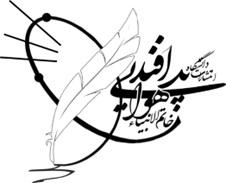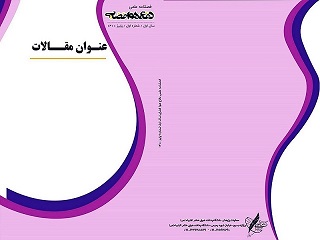نوع مقاله : مقاله پژوهشی
نویسنده
هیات علمی، پژوهشگاه هوافضا، وزارت علوم تحقیقات و فناوری، تهران، ایران.
چکیده
این تحقیق یک چارچوب نوآورانه برای طراحی هواپیما معرفی میکند که در آن از ادغام منطق فازی، الگوریتمهای بهینهسازی فرا ابتکاری، و تحلیلهای جبهه پارتوی سه بعدی بهره گرفته شده است. در فاز ابتدایی، وزن خالی و وزن برخاست هواپیما با استفاده از روشهای سنتی (راسکم) طراحی تعیین گردید. بهمنظور ارزیابی اعتبار این مقادیر، از منطق فازی به عنوان ابزار تصمیمگیری بهره گرفته شد. فرآیند بهینهسازی مسئله طراحی فوق از طریق بهکارگیری چندین الگوریتم فرا ابتکاری، از جمله الگوریتم بهینهسازی شاهینهای هریس، شکارچیان دریایی، نهنگ، و زنبورهای عسل مصنوعی انجام شده است. این الگوریتمها به صورت همزمان متغیرهایی از جمله وزن خالی، وزن برخاست، و سوخت مصرفی را بهینه می کنند. نتایج حاصل از فرآیند بهینهسازی، با مدلهای مرجع در هواپیماهای مشابه (روش راسکم) مقایسه گردید. افزون بر این، جبهههای پارتوی سهبعدی برای متغیرهای طراحی نظیر وزن خالی، وزن برخاست و وزن سوخت مصرفی تولید شدند تا شاخصهای کلیدی عملکرد، از جمله بازدهی سوخت، ظرفیت بار، و بهرهوری کلی طراحی مورد ارزیابی قرار گیرند. تحلیلهای صورتگرفته در این مطالعه، منجر به توسعه مدلی بهینه برای یک تاکسی هوایی شده است که در آن بهبودهای قابل توجهی در پارامترهای عملکردی و بهرهوری مشاهده گردید.
کلیدواژهها
موضوعات
عنوان مقاله [English]
Optimized Multi-Objective Comparative Design of 3D Pareto Front for Air Taxis Using Metaheuristic Algorithms: Harris Hawks, Sea Hunters, Whale, Artificial Bee Colony, and Fuzzy Logic
نویسنده [English]
- Iman Iman Shafieenejad
Assistant Professor, Aerospace Research Institute, Ministry of Science Research & Technology, Tehran, Iran.
چکیده [English]
Background & Purpose: This study introduces an innovative framework for aircraft design that integrates fuzzy logic, metaheuristic optimization algorithms, and three-dimensional Pareto front analysis. In the initial phase, the aircraft’s empty and takeoff weights were calculated using conventional design methods. Fuzzy logic was subsequently employed as a decision-making tool to assess the validity of these estimates. Key design parameters such as wing area and engine thrust were identified using a novel computational methodology.
Methodology: The optimization of critical design variables was performed using multiple advanced metaheuristic algorithms, including Harris Hawks Optimization (HHO), Marine Predators Algorithm (MPA), Whale Optimization Algorithm (WOA), and Artificial Bee Colony (ABC). These algorithms simultaneously optimized parameters including empty weight, takeoff weight, stall speed, and flight range. The optimized results, particularly in terms of wing area and engine thrust, were benchmarked against reference models of similar aircraft.
Findings: Three-dimensional Pareto fronts were generated for design parameters such as empty weight, takeoff weight, and fuel weight to evaluate key performance indicators including fuel efficiency, payload capacity, flight range, and overall performance. The results demonstrated notable improvements in key aerodynamic and propulsion characteristics.
Conclusion: The comprehensive analysis conducted in this study led to the development of an optimized model of a propeller-driven aircraft. The proposed approach resulted in significant enhancements in performance metrics and overall efficiency, validating the effectiveness of the integrated optimization and decision-making framework.
کلیدواژهها [English]
- Multi-Objective
- Metaheuristic Algorithms
- Fuzzy Logic
- Pareto Front
- Hybrid Design Approach

